Several years ago, the human race began to realize just how much damage plastic was doing to the planet we live on. From massive landfills to polluted waters, it became glaringly apparent that we would have to cut back significantly on single-use plastics as soon as possible.
Therefore, several governments throughout the US and around the world passed new legislation to try to combat the plastic problem. California decided it would completely ban single-use plastic bags from stores, but now, nearly a decade later, they’ve realized the plan didn’t really work.
The So-Called Grand Plan
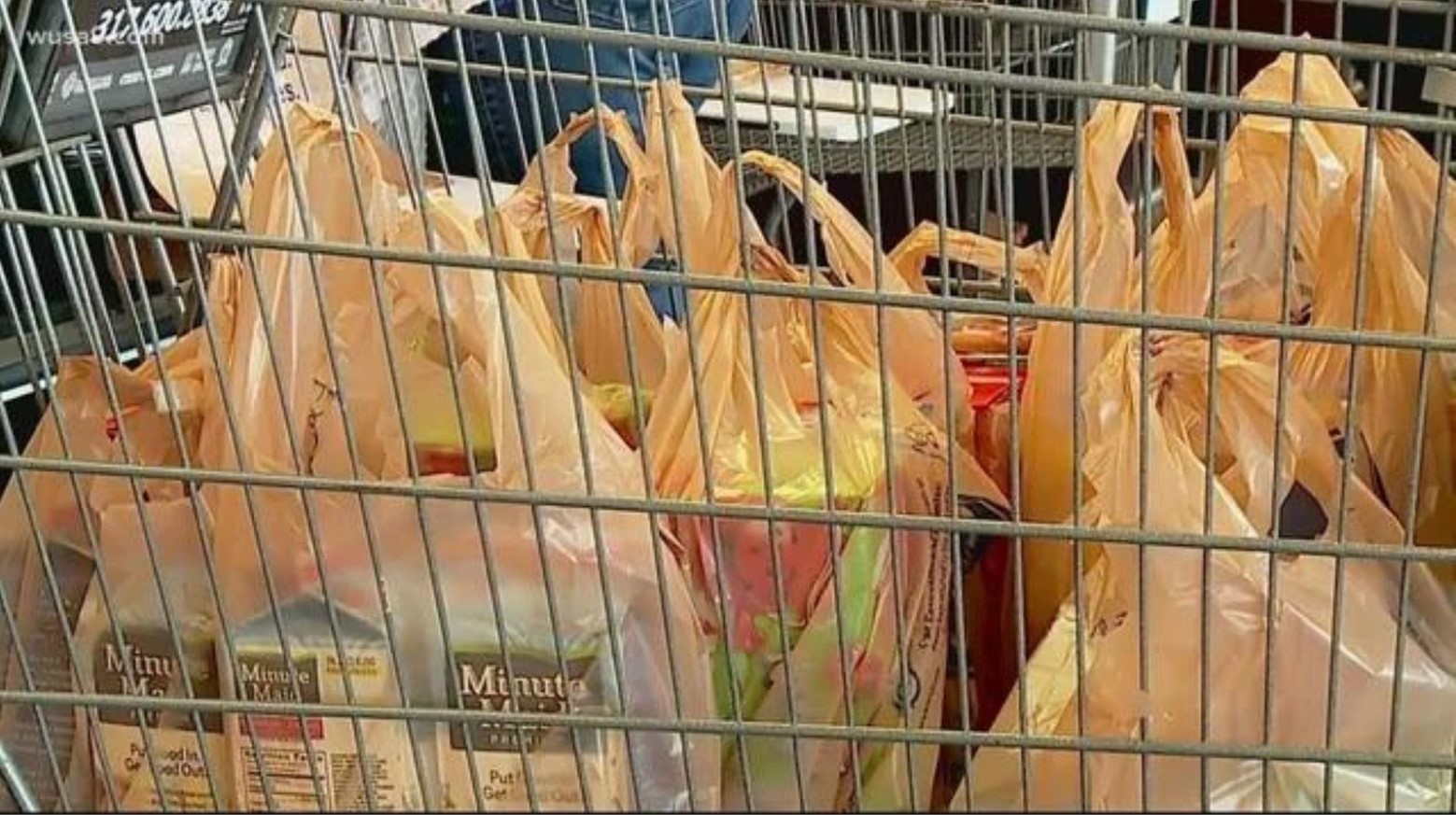
In 2014, the Golden State passed the Single-Use Carryout Bag Ban, which states that no store in the state can distribute free plastic bags to customers. However, stores could continue to offer reusable or recycled plastic bags at $0.10 a piece.
Of course, the plan was, first and foremost, to significantly decrease the number of single-use plastic bags thrown away every day. They also hoped that charging per bag would deter customers from purchasing bags every time they visited the store.
Americans Struggled With the Change
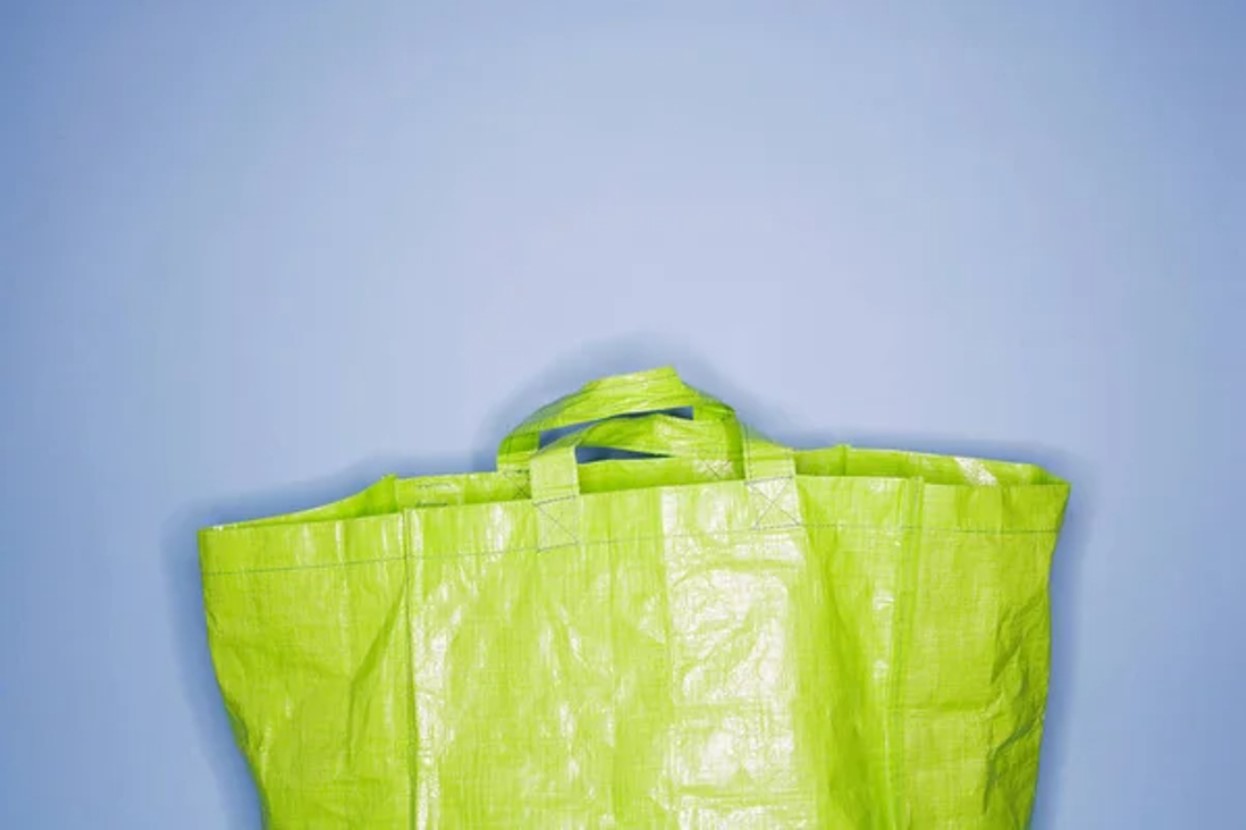
Instead, they speculated that California residents would bring their own bags to both save money and protect the environment. But that’s not exactly what happened.
The sad truth was that many Americans found it extremely challenging to remember to bring their own bags to the store because they never had to before. Consequently, they ended up buying reusable or recycled plastic bags at the end of every trip.
Studies Found That Reusable Plastic Bags Are Far Worse for the Environment
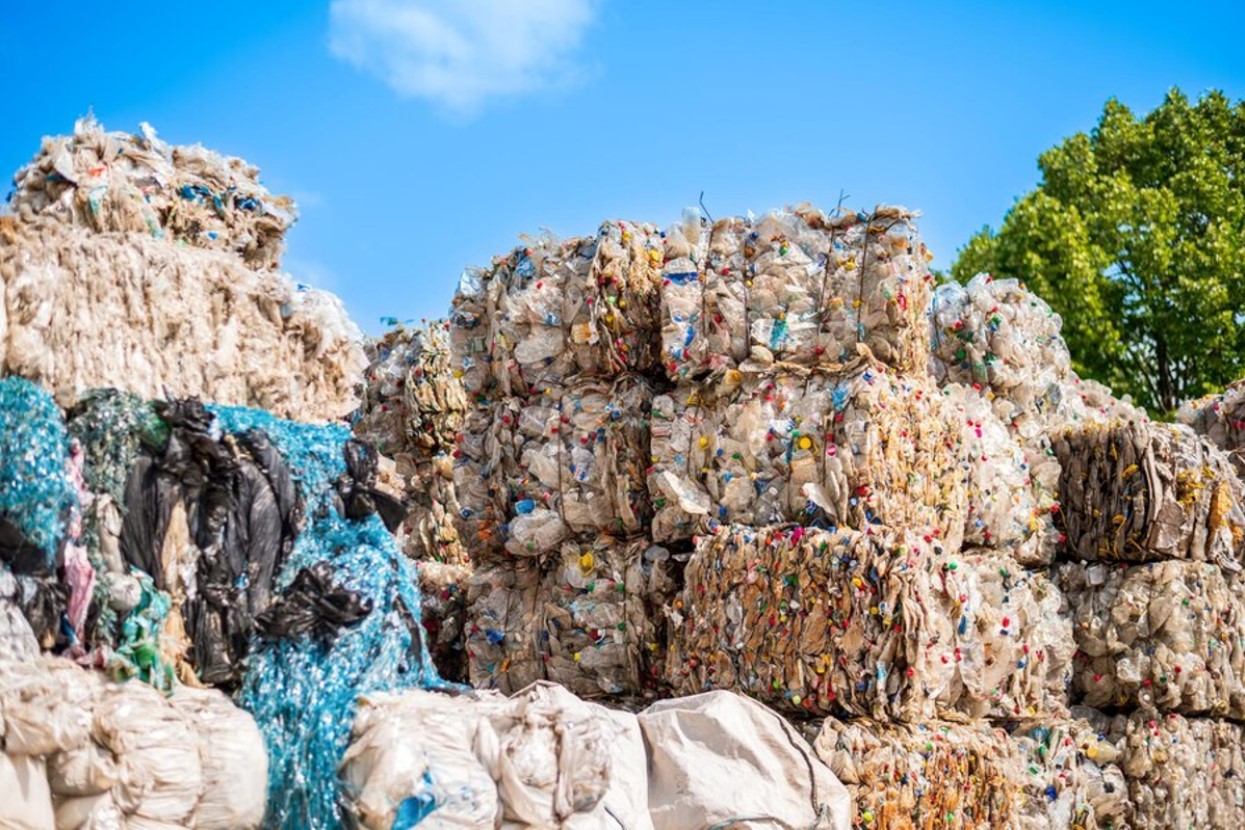
While California residents and Americans all around the country made the switch to reusable plastic bags but continued to throw them away after every use, shocking information came to light.
Several studies found that these bags were actually far worse for the environment than their single-use ancestors. According to one study, “Despite their reputation as being environmentally beneficial, “reusable” products are generally less sustainable than single-use plastics throughout their lifecycle and can have greater environmental consequences.”
Reusable Plastic Bags Need to Be Used 150 Times to Make a Difference
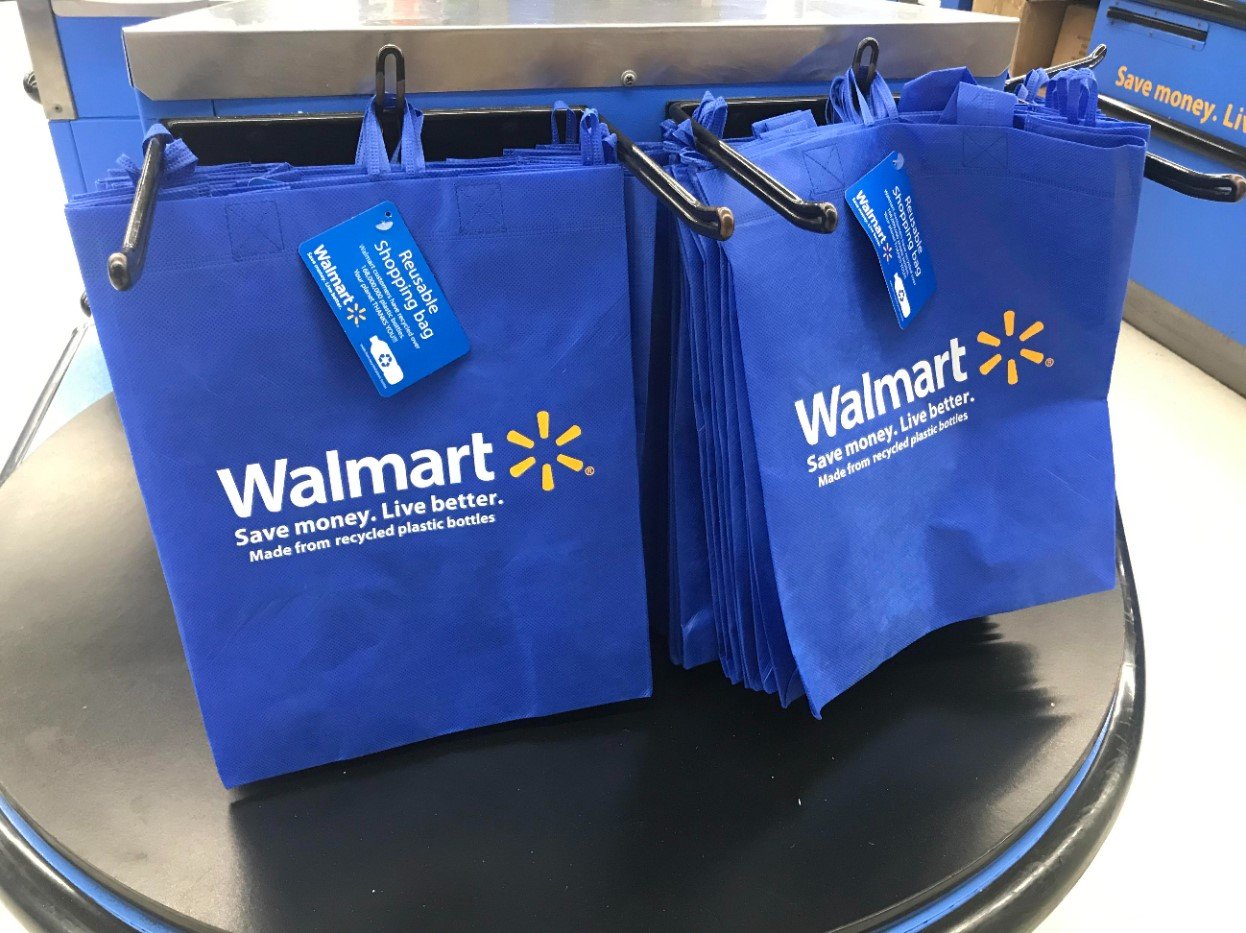
The UNEP reported that a cotton-plastic hybrid bag actually needs to be used somewhere between 50 and 150 times to have a real impact on the environment.
And that is because these bags are thicker, which means they are made from far more plastic than the original models, and take far longer to decompose in landfills. So, essentially, the new and improved bags are actually far more problematic if they are not used hundreds of times each.
California Realized It Was Generating More Plastic Than Before the Ban
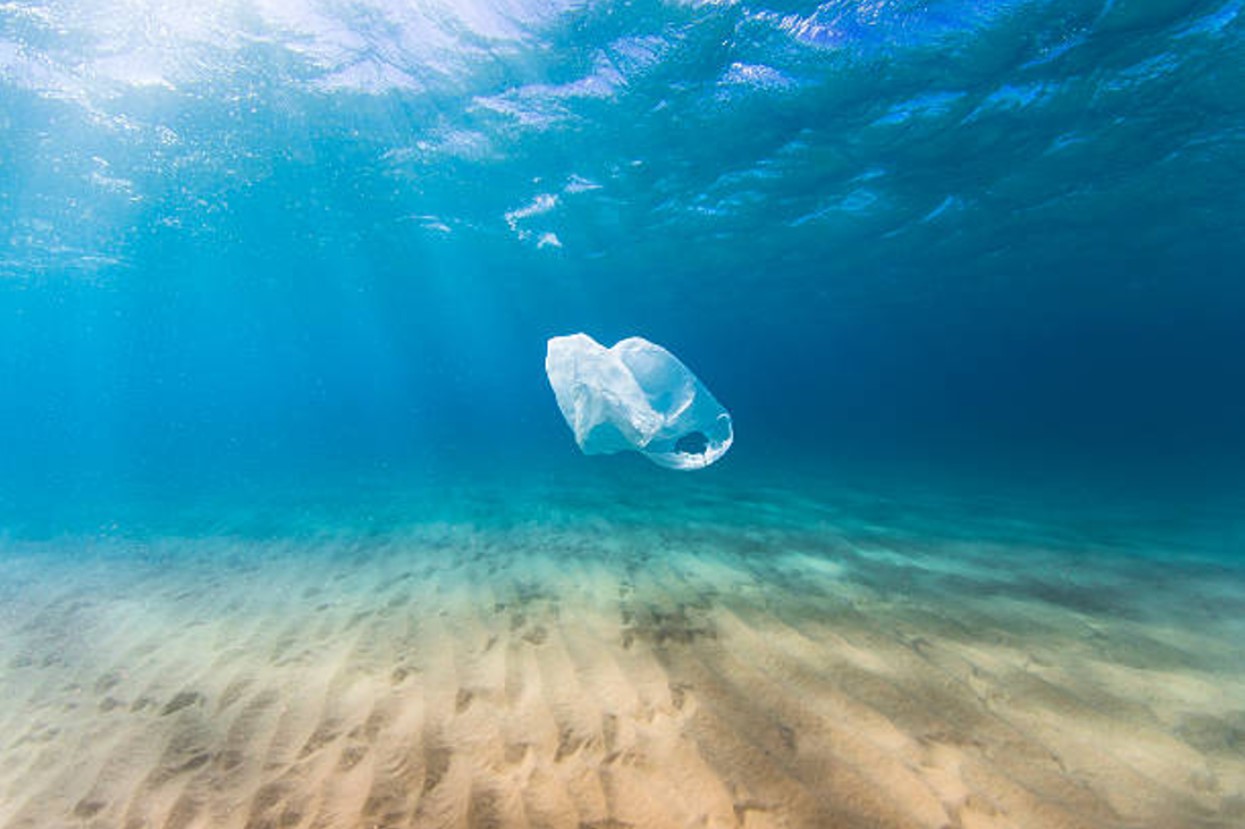
California lawmakers quickly realized the state was actually creating more plastic that would take hundreds of years to decompose than ever before. The ban hadn’t just failed; it actually made matters worse.
Now, exactly ten years later, the Golden State is once again trying to find a way to decrease its immense plastic pollution. This time, California wants to ban the sale of all plastic bags at grocery and retail stores, including the reusable and recycled options that they previously approved.
California Isn’t Stopping With Plastic Bags
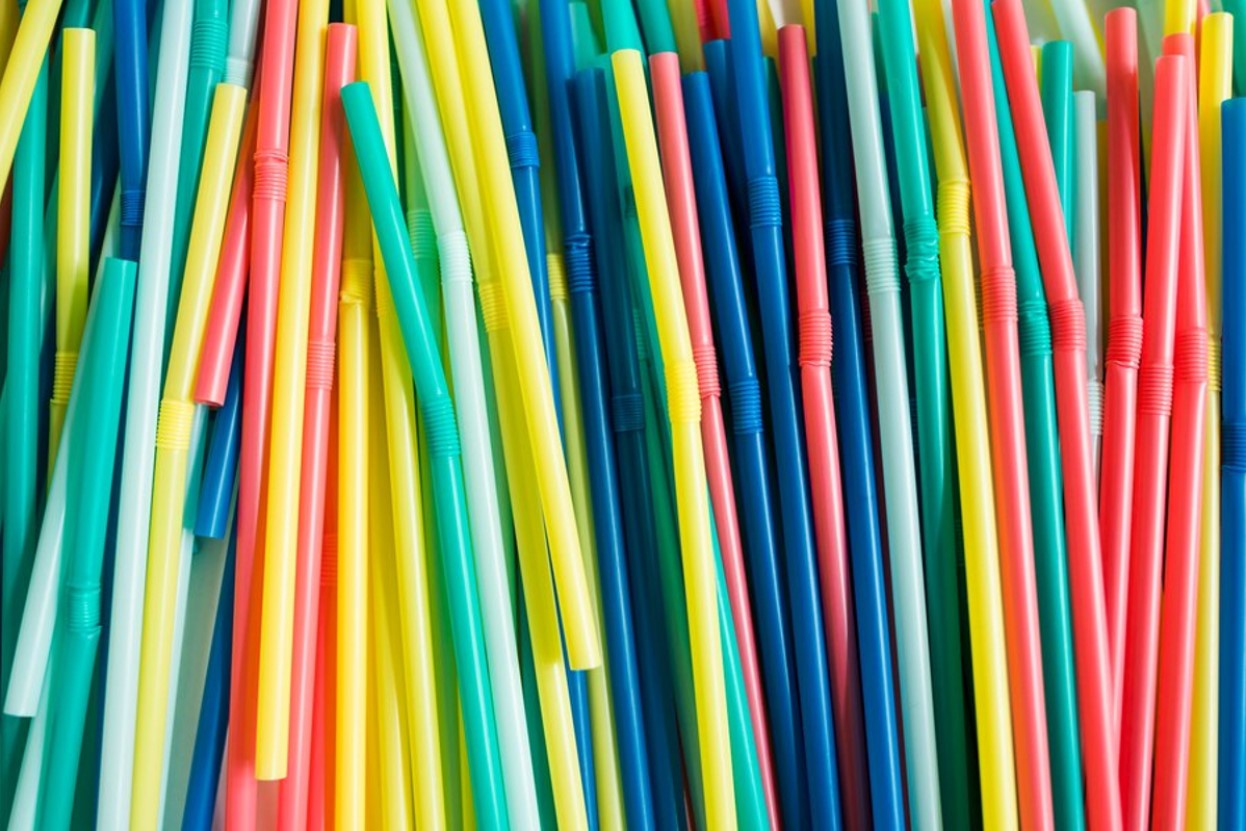
Although the hope is that by eliminating all plastic bags in California, the state will significantly cut back on plastic pollution in the coming years, they don’t plan to stop there.
Plastic straws have been banned since 2016, but now, they’re coming after single-use plastic bottles, such as those used for bottled water and Coca-Cola, as well as single-use cups at coffee shops, restaurants, and bars.
California Will Have to Fight to Pass These Bans

California’s apparently new and improved plastic bans have yet to be passed by the state’s lawmakers. And some wonder if they ever will be because the state will have to fight tooth and nail against plastic makers in order to do so.
Plastic is a toxic pollutant made from petroleum that cannot naturally decompose, so it really is a blight on the planet from production until it is discarded. However, plastic production is a multi-trillion-dollar industry. Therefore, the California state government will have to fight against these companies, which will be fighting to keep plastic legal before its bans can pass.
Why Is Plastic Such a Problem?
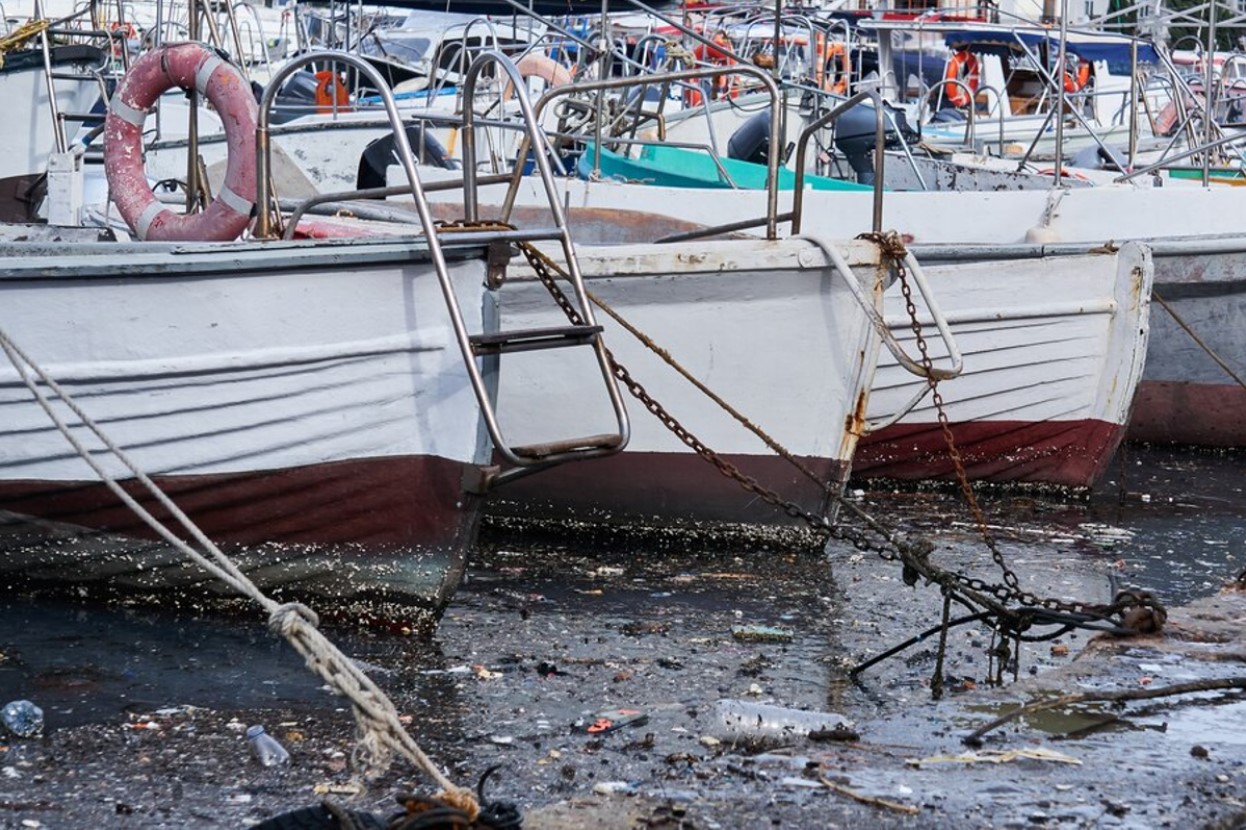
While there’s no doubt that California is headed for an uphill battle, the vast majority of state residents and environmentalists all around the world are applauding the state for at least trying to get rid of as much plastic as possible.
Plastic has become one of the world’s leading pollutants; more than 20 million tons of plastic waste leak into the planet’s waters every year. And it’s become apparent that almost all of our food and water are chock full of microplastics.
The Average Person Ingests a Credit Card’s Worth of Plastic Every Week
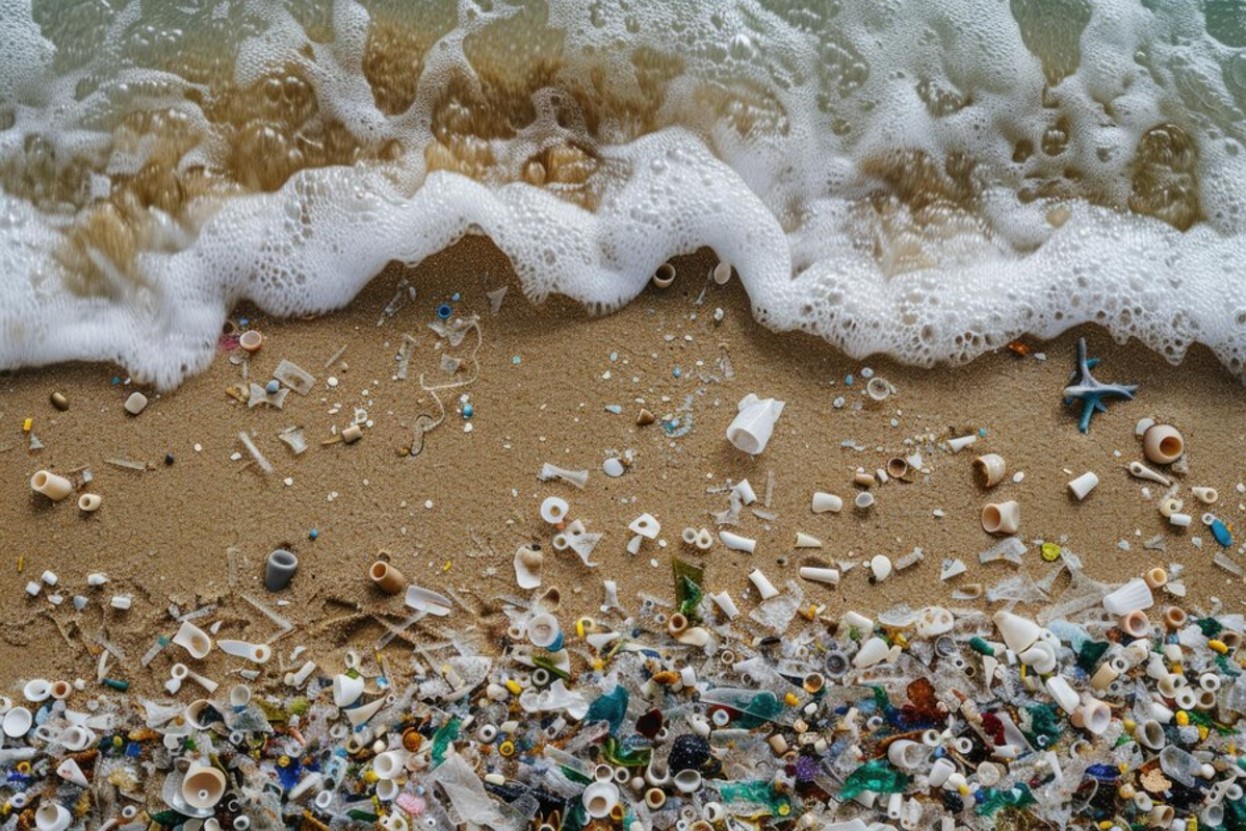
According to an almost unbelievable study conducted by the World Wildlife Fund, the average person ingests a credit card’s worth of plastic every single week from food, water, and even the air they breathe.
Microplastics are now in almost every product grown or produced on Earth, and the sad truth is that at this point, it’s highly likely that humans will never again be free of plastic particles.
The Fight Against Plastic Can Feel Futile
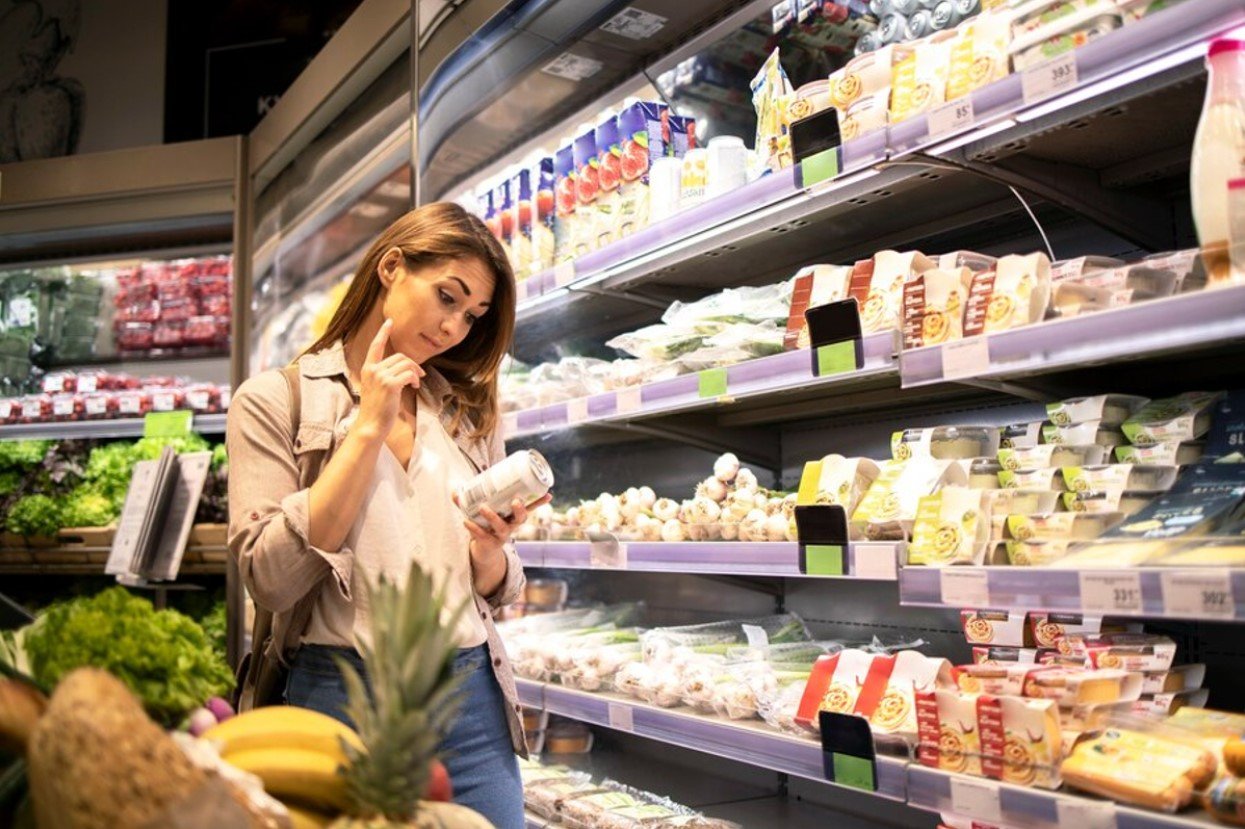
With this information readily available, one may wonder why we haven’t done away with plastic entirely. But because plastic is literally everywhere, many Americans feel as though their personal actions won’t make any real difference.
Even if they do remember their reusable bags when grocery shopping, almost every product they purchased and carefully placed in their canvas bag is covered in plastic. The truth is that seeing all that plastic in the store diminishes the incentive for shoppers to remember their own bags.
People Can Make a Difference, and They Need to Keep Trying to Do So
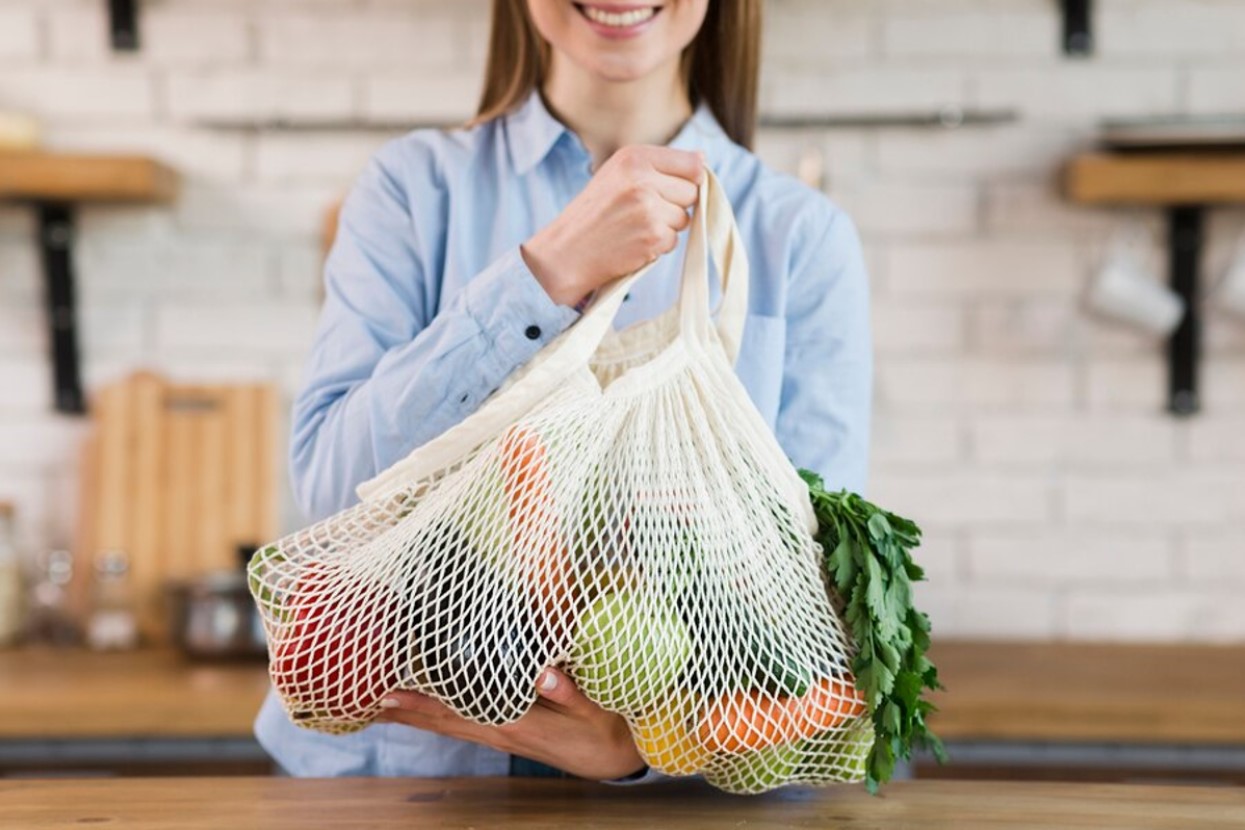
However, there is no doubt that individuals can make a real difference regarding plastic pollution. Every choice helps. By using canvas bags at the store, skipping the straw, and refraining from purchasing products in plastic, we can collectively reduce plastic waste over the coming years.
Even though California’s previous plastic bag ban backfired, now that they know much more about plastic pollution, the hope is that this time, they will be able to get it right.
